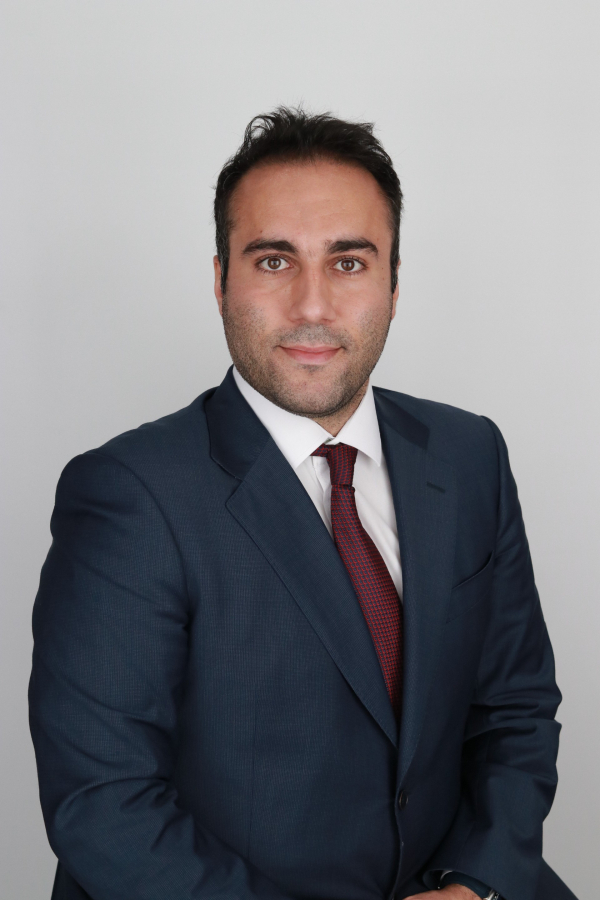This story kicks off our series of graduating student profiles for the Spring 2025 Commencement season. Check back regularly throughout the next few weeks to learn more about some of our distinguished graduates as they embark on the next steps of their academic and professional journeys.
Sina Jafari Ghalekohneh, a spring 2025 mechanical engineering Ph.D. graduate in the Cullen College of Engineering, is still shining bright as he wraps up his years at the University of Houston and reflects on his accomplishments so far.
Jafari was recently recognized with the Best Presentation Award at the American Society of Mechanical Engineers (ASME) International Mechanical Engineering Congress and Exposition (IMECE), which he called “a proud milestone” in his journey, which “reflects the dedication and passion [he has] poured into my research on photonics and thermal radiation heat transfer.”
“Presenting at IMECE was an incredible experience, surrounded by brilliant minds and innovative ideas,” Jafari said. “Winning this award among such inspiring contributions has been truly humbling and motivating.”
Jafari completed both his bachelor’s and master’s degrees in his home country of Iran, and wanted to come to the United States to take advantage of “the best mechanical engineering universities” and “advanced academic environment.”
His life and experiences in Iran, however, continue to directly influence his work here in the US.
“I came here and specifically pursued my Ph.D. in the same field and thought, now that I’m on the right track, I need to go further: what are the most advanced methods that other people are currently pursuing for sustainability and renewable energy?
“I come from the center of Iran, which is a very, very dry and desert place. The people who are living in those areas are always trying to find new ways to optimize energy and water consumption, so solar cells are very attractive to me in particular,” Jafari said.
The vast swaths of desert are indeed perfect for solar cells, which not only produce electricity, but help conserve water in the process of providing power. Because solar cells do not need the same hydro-cooling as fossil fuel power plants, they can help reduce waste in a region that already has precious little water to go around.
“One day I can help not only my country or my city, but also the world, because right now the entire world is facing the same problems of climate change. Every day and every night, I’m thinking about how we can fix it.”
Jafari has participated in the TEX-E and NSF I-Corps programs, which are “immersive entrepreneurial training programs that facilitates the transformation of invention to impact” and are designed to prepare participants to extend their focus “beyond the university laboratory” toward commercialization, and currently holds two relevant patents in addition to his publication portfolio.
One of these patents is for a nonreciprocal solar thermophotovoltaic system, which can yield solar energy conversion efficiency of 93.3% — the highest possible efficiency a solar energy harvesting system can achieve on the surface of the Earth — while providing power 24/7 and has received media acclaim in recent years.
“Patents are something that can really help you fly in the future,” he said. “You can have your own startup, or you can sell them to other people, but regardless, you are proposing a new method to help other factories and other industries to improve their technology or even come up with a new technology which is much more innovative and effective. I’m very proud of those two patents.”
In time, Jafari hopes to grow these ideas into positive, sustainable changes for the global community.
“My target — my ideal goal — is to have my own startup and do my best to take care of the Earth and the people on Earth, and the people of my country,” he said. “I also have to appreciate and give back to the United States and the University of Houston, because they have provided so many great opportunities for me to become what I am now. Getting my Ph.D. is only the beginning.”
